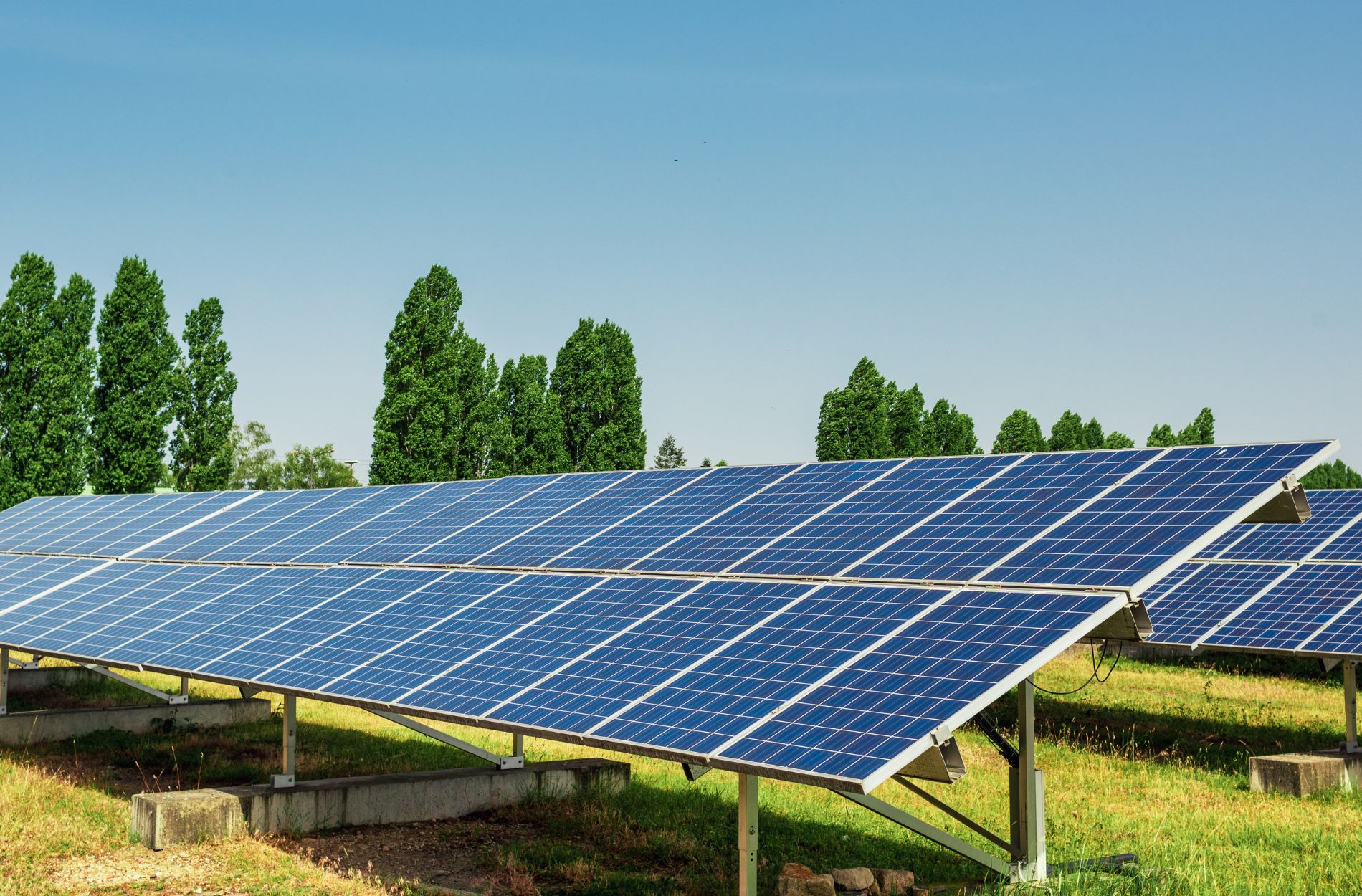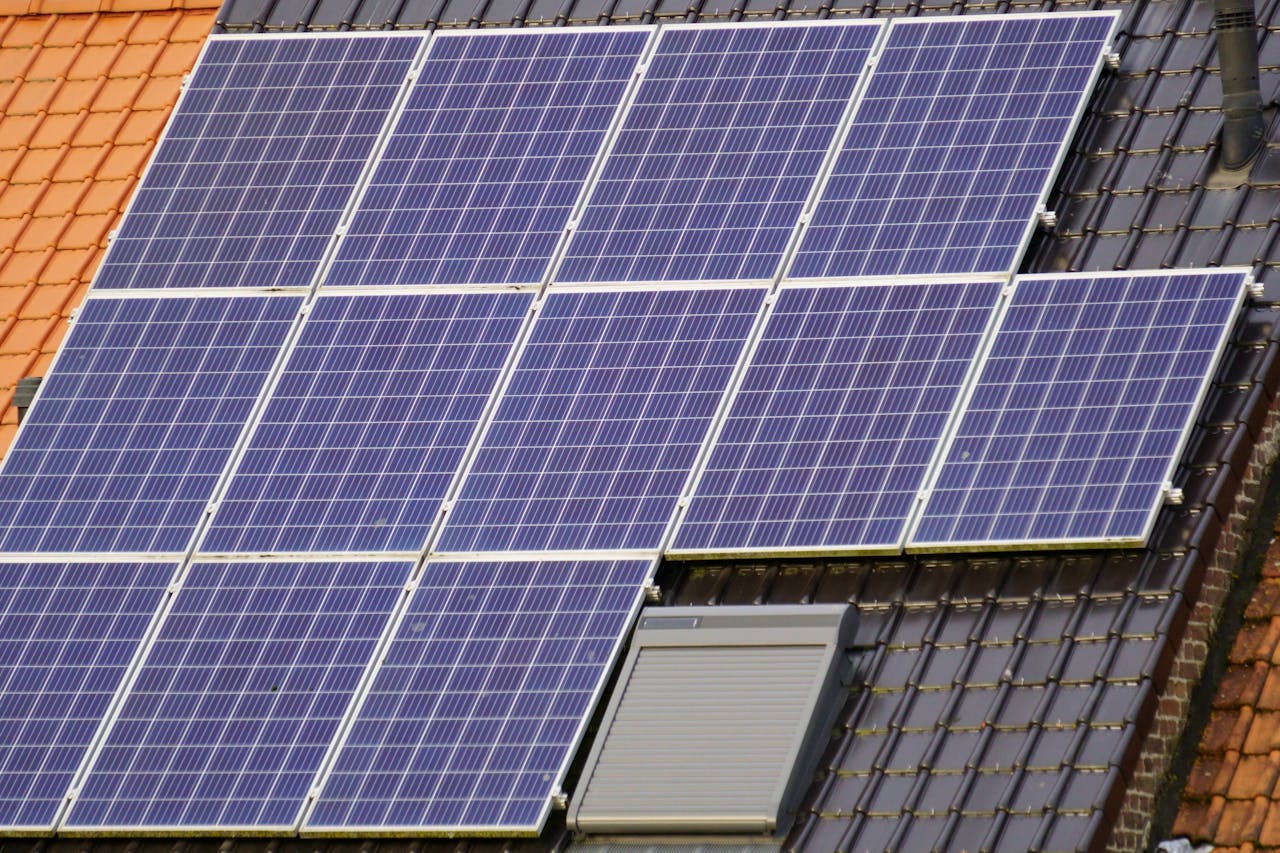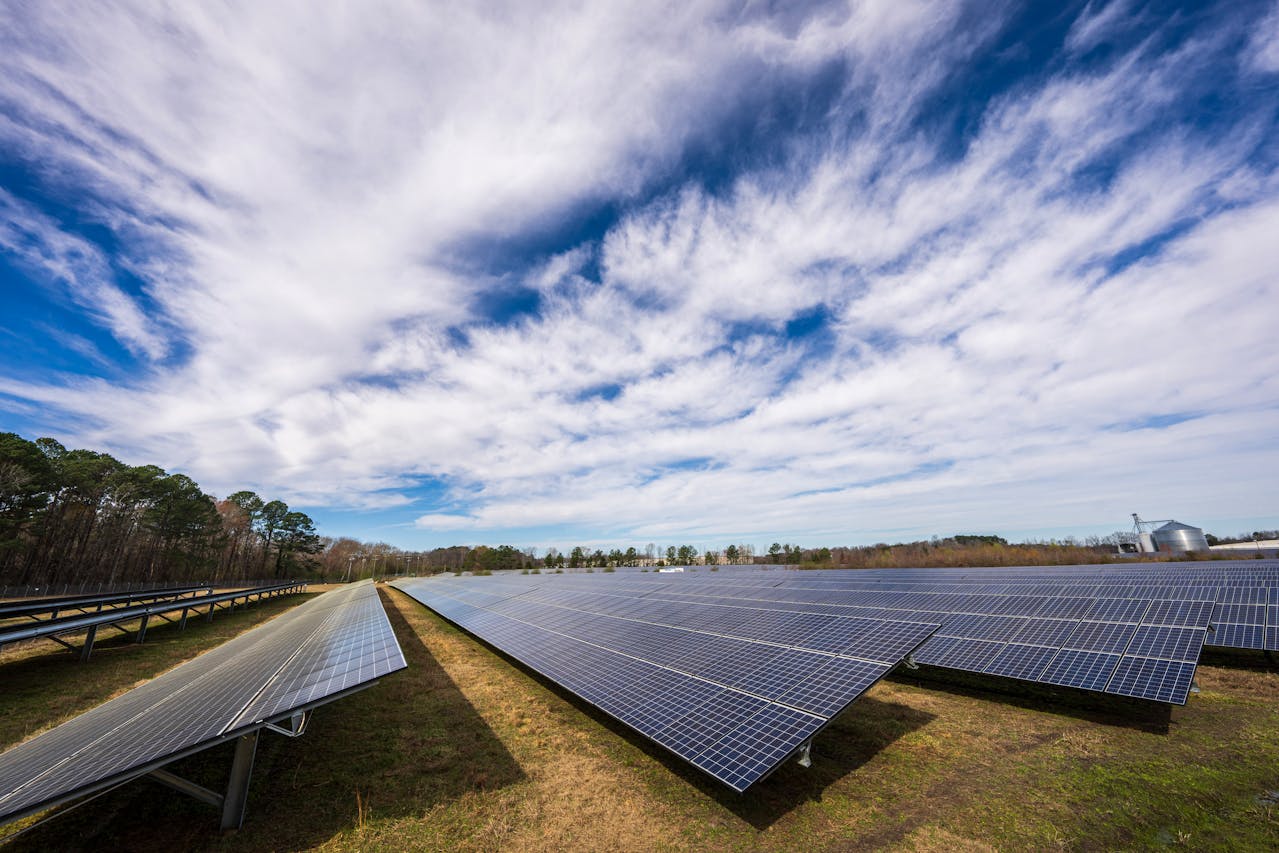Choosing the right solar system for your home can be a big decision, but it’s a smart one. Solar power is a clean and renewable source of energy that can help reduce your energy bills and decrease your carbon footprint. With so many different options available, it can be tricky to know where to start. This guide will help you understand what to consider when selecting a solar system for your home.
The first step is to assess your energy needs. This means looking at how much electricity your household uses and thinking about how solar power can meet those needs. Next, you’ll want to evaluate whether your roof is suitable for solar panels. Not every roof is ideal, and there are several factors to consider.
You’ll also need to choose the right type of solar panels. There are different kinds of solar panels, each with its benefits and drawbacks. Finally, understanding the costs and available incentives will help you make a more informed decision. Solar systems are an investment, but there are often rebates and tax credits that can help offset the initial costs.
By considering all these factors, you can find the perfect solar system for your home. This will ensure you get the most out of your solar panels and start enjoying the benefits of renewable energy.
Assessing Your Energy Needs
Before choosing a solar system, it’s important to figure out how much energy your home uses. Start by looking at your electric bills from the past year. These bills show how much electricity you used each month. This information can help you understand your average energy needs.
You should also think about any changes that might increase or decrease your energy use in the future. For example, if you’re planning to buy an electric car, your energy needs will go up. On the other hand, making your home more energy-efficient by adding insulation or using energy-saving appliances can lower your needs.
Once you have a good idea of your energy use, you can decide how big your solar system should be. The size of the system will depend on how much electricity you want to offset with solar power. Some people choose to cover all their energy needs with solar, while others prefer to start smaller and expand later. Knowing your energy needs helps you make the right choice.
Evaluating Roof Suitability
Not every roof is perfect for solar panels. It’s important to check if your roof can handle them. First, look at the direction your roof faces. Solar panels work best on roofs that face south. East and west-facing roofs can also work but are less efficient. Roofs facing north are usually not suitable.
The angle of your roof is also important. Solar panels perform best at certain angles, depending on your location. Generally, a steeper angle is better in places with lots of sun in the winter, while a flatter angle works well in sunnier areas year-round.
Finally, you need to check the condition of your roof. If it’s old or damaged, you may need to repair or replace it before adding solar panels. Also, check for any shading from trees, buildings, or chimneys that could block sunlight. Evaluating these factors helps ensure that your roof is ready for a solar system, so you get the best performance from your panels.
Choosing the Right Type of Solar Panels
There are different types of solar panels, each with its own benefits. The most common types are monocrystalline, polycrystalline, and thin-film panels. Understanding the differences helps you choose the best type for your home.
Monocrystalline panels are made from a single crystal structure. They are very efficient at converting sunlight into electricity and have a long lifespan. These panels are ideal if you have limited roof space but want to generate a lot of power. However, they can be more expensive than other types.
Polycrystalline panels are made from many crystal fragments melted together. They are cheaper to produce but slightly less efficient than monocrystalline panels. If you have a lot of roof space, polycrystalline panels can be a good choice for reducing costs while still producing a significant amount of energy.
Thin-film panels are made by depositing a thin layer of photovoltaic material on a substrate. They are light and flexible but less efficient than crystalline panels. Thin-film panels can be used on roofs that can’t support the weight of traditional panels or on surfaces that aren’t flat. By weighing the pros and cons of each type, you can pick the solar panels that best fit your needs.
Understanding System Costs and Incentives
The cost of a solar system depends on several factors, including its size and the type of panels you choose. Additionally, installation and maintenance costs may vary. It’s important to understand these costs so you can budget for your solar system.
While the upfront cost of a solar system can be high, there are many incentives available to help reduce this cost. Federal tax credits can cover a significant portion of the installation cost. Some states and local governments also offer rebates and incentives. These can make a big difference in the overall cost and payback period.
Many utility companies offer net metering programs. These programs allow you to sell excess electricity generated by your solar panels back to the grid. This can further reduce your energy bills and improve the return on investment for your solar system. By understanding the costs and available incentives, you can make an informed decision and maximize the benefits of your solar system.
Conclusion
Choosing the perfect solar system for your home involves several important steps. By assessing your energy needs, evaluating your roof’s suitability, selecting the right type of panels, and understanding the costs and incentives, you can make a smart decision. A solar system can provide clean, renewable energy for years to come.
Switching to solar power is not just an investment in your home but also in the environment. Solar energy helps reduce our reliance on fossil fuels, lowers carbon emissions, and decreases pollution. These benefits make solar power a wise choice for many homeowners.
If you’re ready to explore solar options for your home, contact Starlight Solar. Our team is here to help you find the best solution for your energy needs. Request a residential solar panel installation today and enjoy the benefits of clean, renewable energy!






